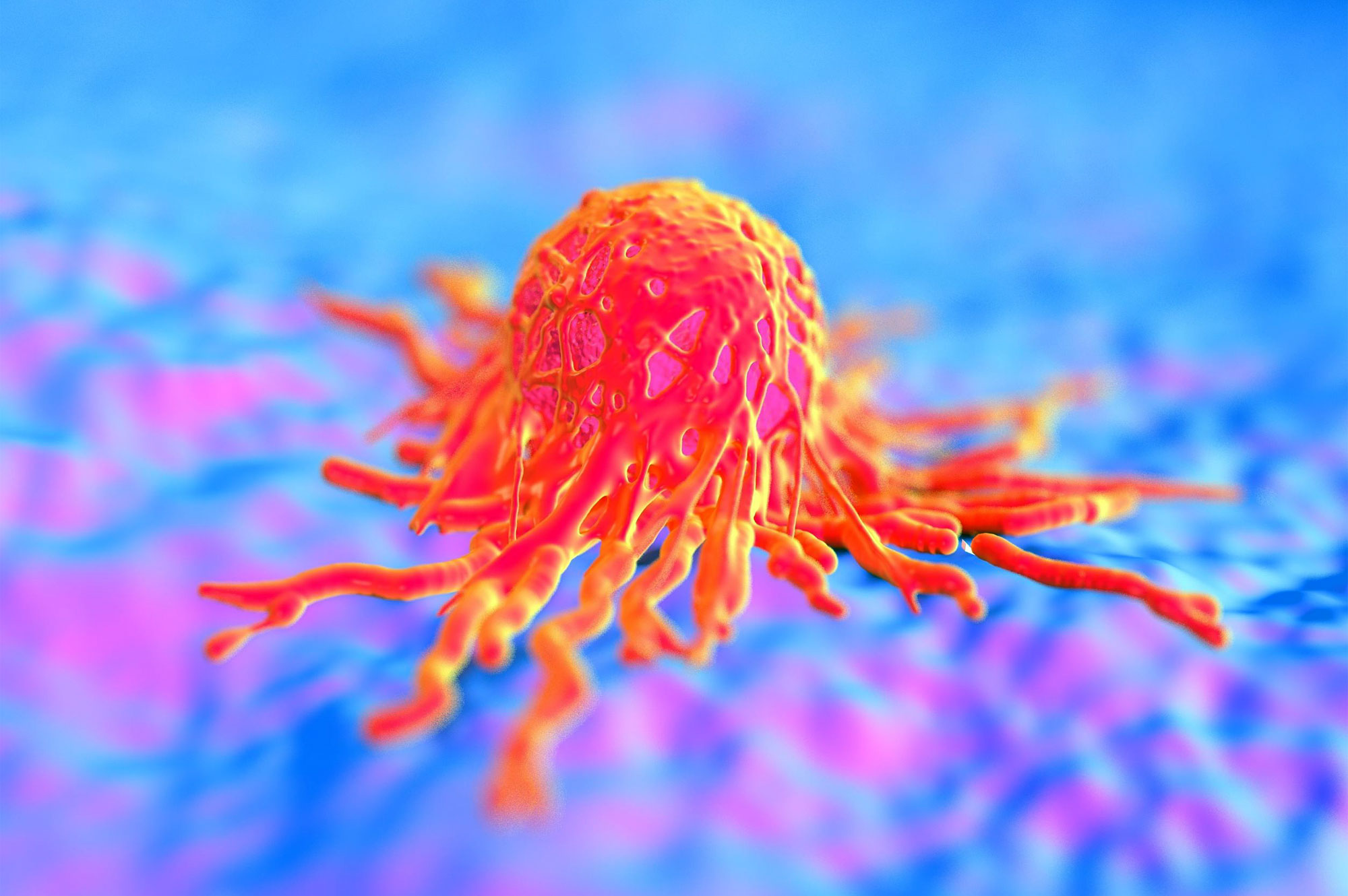Disease Information

Cancer is second only to heart disease as a cause of death in the United States, with 1.5 million new cases diagnosed in 2010. Indeed, one of three Americans will get cancer in his lifetime, and nearly all of us will have friends and loved ones with cancer.
There is no one cause of cancer. Several environmental and dietary factors may contribute to some cases, and others may be hereditary. It is NOT communicable: i.e., you cannot “acquire” cancer by being nearby someone who has it.
Skin cancer is by far the most common type seen, but fortunately is readily treatable and rarely fatal. In men, the most common cancers involve the lung, prostate, colon, and urinary tract. In women, the most common cancers involve the breast, lung, colon, uterus, and other gynecological structures.
Cancer begins in cells, the building blocks that make up tissues. Tissues make up the organs of the body. Normally, cells grow and divide to form new cells as the body needs them. When cells grow old, they die, and new cells take their place. Sometimes, this orderly process goes wrong. New cells form when the body does not need them, and old cells do not die when they should. These extra cells can form a mass of tissue called a growth or tumor.
Once cancer is suspected, tissue must be collected and examined to confirm the diagnosis. This procedure is usually done by what is known as a biopsy or needle aspiration. The proven cancer is then classified by the organ from which it arose (lung, breast, colon, prostate, etc.), as well as by its cell type (squamous cell, adenocarcinoma, small cell, transitional cell, etc.).
Once cancer is proven, it is important to determine whether or not the cancer has spread to other parts of the body, as the extent of tumor will often determine the type of treatment necessary. This evaluation process is known as “staging”, and may include physical examination, blood tests, x-rays or various scans. Cancers usually spread in one of three ways: directly to nearby tissues, through lymphatic channels to lymph nodes, or via the bloodstream to other organs such as the lungs, bones, brain, or liver.